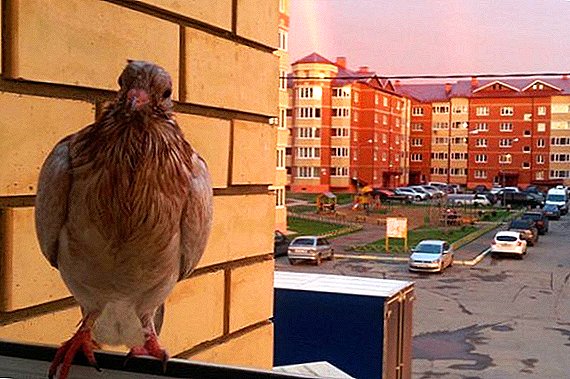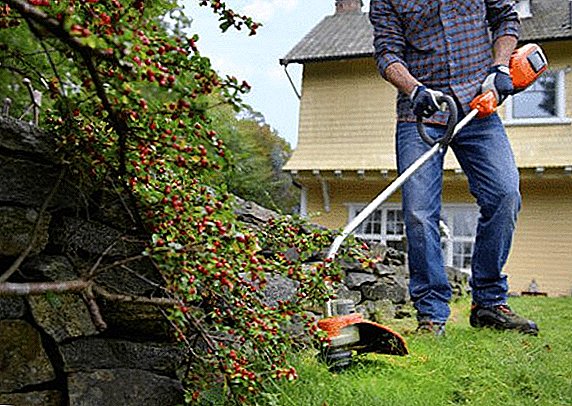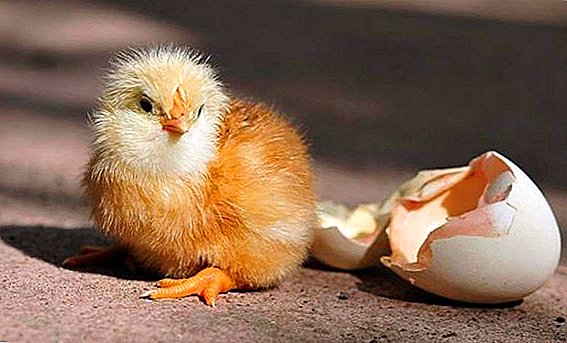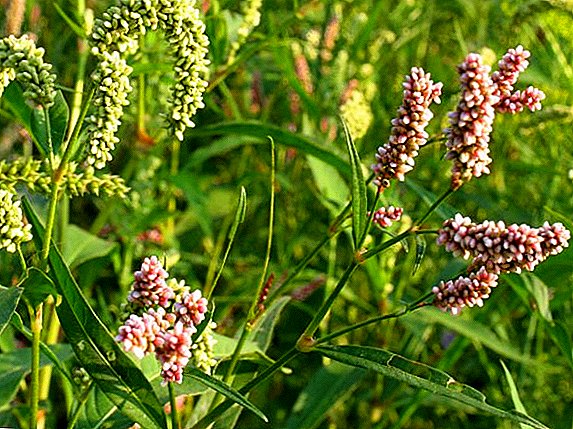
Insects are the most numerous class of animals on our planet. The total number of species exceeds the number of species of plants and other animals combined.
It is not surprising that among such diversity there are pests of garden and berry and agricultural crops.
In particular, a typical moth caterpillar, the number of varieties of which exceeds 15,000, is a typical example.
And so consider what kind of caterpillar moth.
Description of the appearance of the moth caterpillar
Like the butterflies, the caterpillars of moths have a masking colorationwhose color depends on the type of vegetation that is the main food source of the insect.
Thin bodies are practically bare and have no villi. ABOUTreplicates with the ability to pretend to pretend to be branches, stems, cuttings and other parts of the plant, because of which they are quite difficult to recognize, even with close finding.
Photos of different types of surveyors:




When stiffening in the bulging position by holding one pair of abdominal legs behind a branch of a plant, they become invisible to their immediate enemies - sparrows, tits, nightingales and other small birds. They achieve such a disguise due to highly developed musculature.
In the event of a fall in case of a strong gust of wind or danger, the insect climbs along the filament with which it is attached to the leaves and branches.
The unusual loop-like bending of the body gave life to another name of this family - they are also often called caterpillars land surveyors.
Differences between surveyors of different types
 Hthe moth in the process of growth goes through 5 stages of development, during which sheds 4 times. It has a characteristic transparent greenish color with a dark line along the entire back and three white stripes on the sides.
Hthe moth in the process of growth goes through 5 stages of development, during which sheds 4 times. It has a characteristic transparent greenish color with a dark line along the entire back and three white stripes on the sides.
In mid-June, the winter moth caterpillars descend into the ground and, buried 15 cm in the ground, pupate. In late August and early September, butterflies appear that are not able to fly, so for mating they climb up the trunks of the trees.
The place of masonry is chosen usually small cracks near the kidneys, in which lay up to 400 eggs.
The pine moth also has a green color.but it has more side white stripes - 5. It pupates in late autumn, burrowing into the forest floor.
Gooseberry moth completely white with black and yellow accents. On deciduous trees you can find adult caterpillars of the deciduous moth mostly of brown and yellowish color with dark brown spots and bright yellow stripe on the side.
What plants affect moths?
The caterpillars of this order represent threats to almost all shrubs and plants growing in Russia and the CIS countries.
Active period pine moth falls on July - September. During this time, the caterpillar manages to cause serious damage to pine forests, completely devouring the needles of trees.
Gooseberry eats foliage not only gooseberry, as its name implies, but also likes to eat currants and hazel bushes in spring and autumn.
Peppered-ragged less picky and eats the leaves of most deciduous trees, including fruit.
Winter the moth is the main the enemy of all garden shrubs and trees, including apple, pear, currant and raspberry.
Ways to combat peppered caterpillars
 Greatest danger for gardens and orchards is a winter moth. About once every 6-8 years, females of this species show a very high fecundity., there is an outbreak of reproduction, which can last up to 3 years.
Greatest danger for gardens and orchards is a winter moth. About once every 6-8 years, females of this species show a very high fecundity., there is an outbreak of reproduction, which can last up to 3 years.
One of the most effective ways to combat it is thorough autumn digging of the soil under fruit trees and shrubs, during which every lump is checked for the presence of pupae in it.
In addition to regular soil digging every 2-3 weeks, the most effective methods are:
- Cron treatment oleocuprite and DNOC in early spring until complete disappearance of snow cover. Also effective drug number 30.
- Spraying of plants before the start of flowering solution karbofos.
- Insecticide treatment when 1st generation caterpillars appear.
- Also, the number of individuals of the winter moth is well controlled by an adhesive trap belt, which is attached directly to the trunks at a distance of 20-30 cm from the ground. A butterfly that climbs up the trunk of a tree to lay eggs cannot simply bypass this obstacle. In October, such a belt must be removed and burned.
It is important! Another good way, which also requires almost no complex actions, is to attract birds - sparrows and starlings. Long-term observations show that the presence of birdhouses and feeders in the garden allows you to avoid outbreaks of mass reproduction of caterpillars.
As for the pine moth, the raking of forest litter in the autumn period will lead to the death of most of the pupae. Grazing domestic pigs is also an effective way to fight, since insect larvae are their favorite delicacy.
To get rid of gooseberry moth enough to produce regular track collection from fruit bushes and trees and their subsequent destruction by burning. Due to their color, the larvae are clearly visible, so such actions will not cause great difficulties. Also spraying with arsenic solution will help. in early spring.
Against scolded by acts as an effective method of struggle use of glue belts.
In Russia, the share of this order of insects is about 12-15% of all lepidoptera. Due to the fact that some individual species are subject to outbreaks of mass reproduction, which are promoted, in particular, by an increase in average winter temperatures in most of our country, these insects can pose a serious danger to garden and garden crops and forestry.
We offer you a video about the moth caterpillar:












